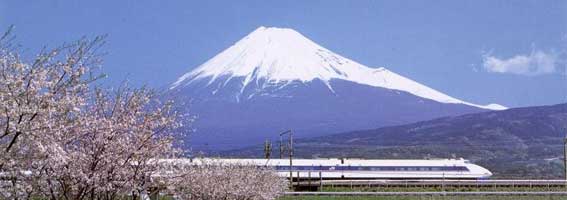This morning I took the JR Shinkansen to Nagoya and switched trains to Kinjofuto, the end of the Aonami line right, across from the SCMAGLEV and Railway Park. That has a fantastic collection of JR’s finest railway transport together with superb explanations of the technology behind the system dating back to its original bus. I’m no train geek, but I could get the bug. Machinery is sexy. Even sexier after I win the chance to drive the Shinkansen training simulator.
The museum has a lottery system by which you get 3 chances to win the opportunity to operate one of three training options: the Shinkansen and two conventional systems. If you win, it costs you 500 yen ($5.50 CDN) and is a worthy fundraiser for the museum.
As the sign of the day was YOU ARE AMAZING! I felt lucky. So I hung around longer than I normally would have for the final draw at 1:45.
Yessireeee!!! I not only won the draw, I won the Shinkansen option. At the appointed time I sounded the warning, and pushed the levers forward. I took that baby out to its top speed of 285 km and took her steadily into the next station. A a clean ride, right on time. (Average delays on the entire system are .6 minutes.)
I stopped just where I was supposed to in order to line up the doors, and scored a top driver evaluation in spite of driving in Japanese. Canadian Conductor-Chicks Rock!
I also had a great English-speaking instructor who made the whole thing amazing and fun. On the way home on the Kodama 666, I knew everything the driver was doing: how he eased out and took her to the top, when the automatic braking system kicked in ahead of the upcoming station, when he resumed control at 30 kmh, and when he threw the lever into reverse before opening the doors. Awesome!
*Interesting footnote from the Google Doodle page this morning [5/10/2015].
Today’s doodle marks the 121st anniversary of the publication of the first Japanese railway timetable, the advent of time consciousness, and the beginning of efficient and reliable mass transit in Japan.

